We often see Yu Pei (Chinese: 玉佩 ; pinyin: yù pèi) or Jade Pendant in historical and costume films/dramas. Why is Yu Pei always around while gold or copper pendants are rarely heard of?
Jade has a special position in the history of Chinese civilization and symbolizes the subtle characteristics of human nature. With the prosperity of ancient jade culture, a large number of all kinds of jade ornaments appeared in society, and wearing jade was a trend.
Jade material is divided into grades to meet the quality requirements of different grades so that jade covers more people.
Why wear Yu Pei?
The ancient people’s love for Yu Pei was not due to the preciousness of jade, but because of the character of jade. The traditional Chinese patterns of Yu Pei are rich in content and various forms. Generally, there are patterns of good luck and hope, longevity and blessings, family harmony and prosperity, serenity and peace, and career prosperity.
- Yu Pei as a symbol of identity: Accessories with different textures and looks often have a distinguishing value function.
- Yu Pei as a good wish: People often give Yu Pei good luck and hope, expel evil and protect the body.
- Yu Pei as a reminder and reprimand function: To remind oneself of one’s cultivation at any time, and also judges whether to walk according to the sound impact of the accessory.
- Yu Pei as decoration: With the times, the meaning of Yu Pei decoration became more and more important, especially in the late Qing dynasty.
Yu Pei as a token of love
In ancient times, Yu Pei could also be used as a token of love.
Since ancient times, jade has been used to describe a man. If a man gives Yu Pei to his lover, he hopes to spend his life with her.
How to wear Yu Pei?
During the Warring States period, Qin and Han dynasties, Yuhuang (narrow arc) and Yubi (flat round jade with a hole in the middle) were connected by a silk thread to form a cluster of pendants, which were used to accentuate the beauty and majesty of the wearer.
After the Wei and Jin periods, men often wore the simple Yu Pei, while women wore various pendants for a long time, usually tied on a belt.
And in the Qing dynasty, Yu Pei could also be used as a necklace.
Besides Yu Pei, what accessories did the ancients wear?
Man:
a. Die Xie Dai (蹀躞带 ; dié xiè dài), is a kind of functional belt that appeared in the Sui and Tang dynasties, which is used to hang things.
b. Shan (扇 ; shàn) or fan, was originally a ceremonial tool. Gradually, the fan has transformed from a symbol of power and status into daily necessities and handicrafts and has become a favorite item of writers.
Woman:
a. Zan (簪 ; zān), is a hairpin that comes in various shapes and patterns to fix the bun.
b. Yingluo (璎珞 ; yīng luò), in ancient times, jewelry was made of beads and jade, mostly necklaces. Because of its large shape, Yingluo is the most luxurious necklace.
Conclusion
Jade played a very important role in ancient times. It represents high quality and character and is accepted by society because it meets the needs of different classes.
In modern times, jade still has great value, and the good character behind it has been pursued by people for thousands of years.

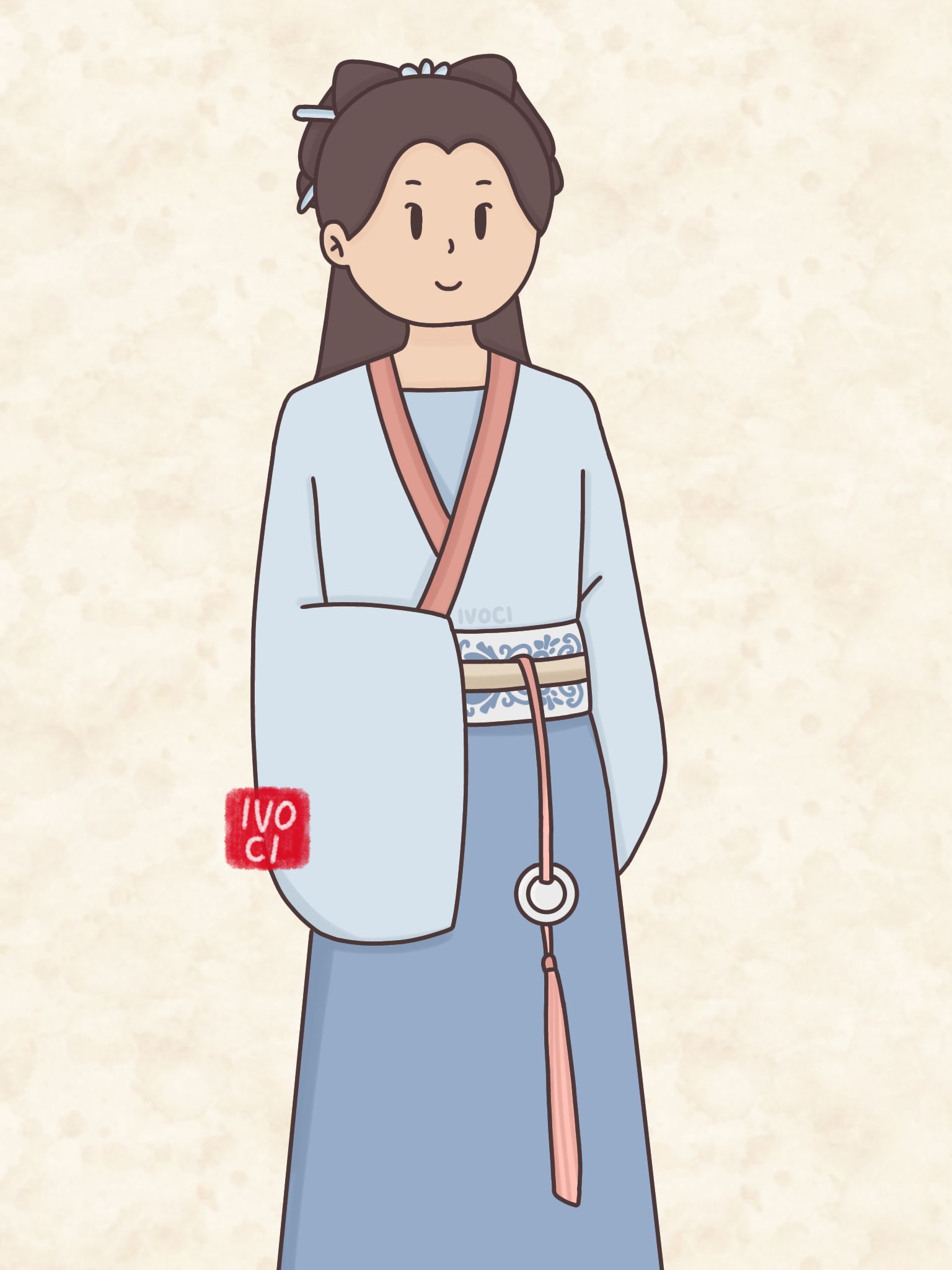
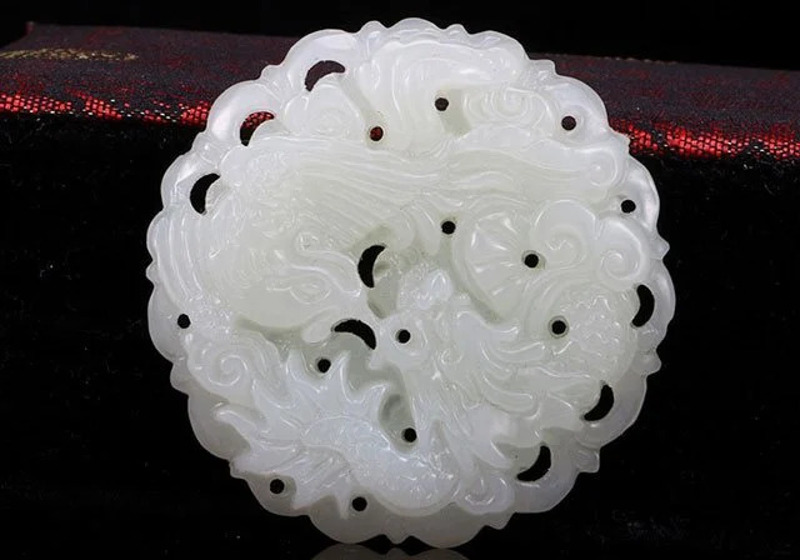
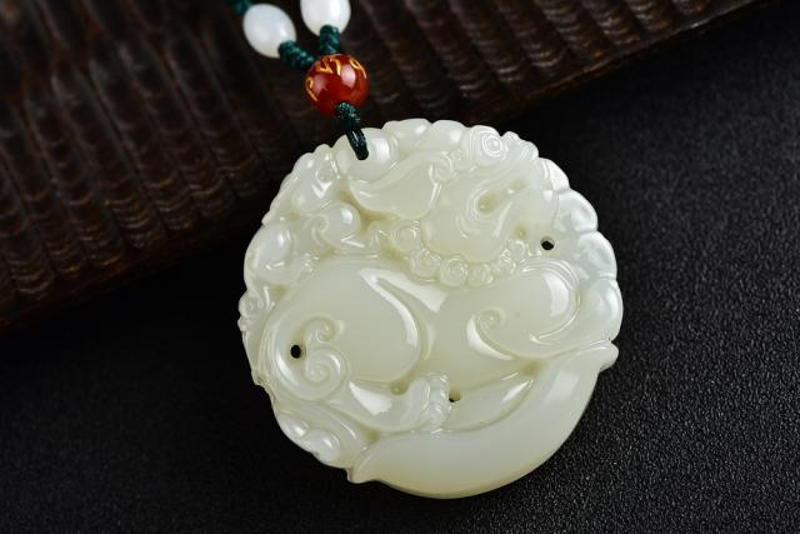
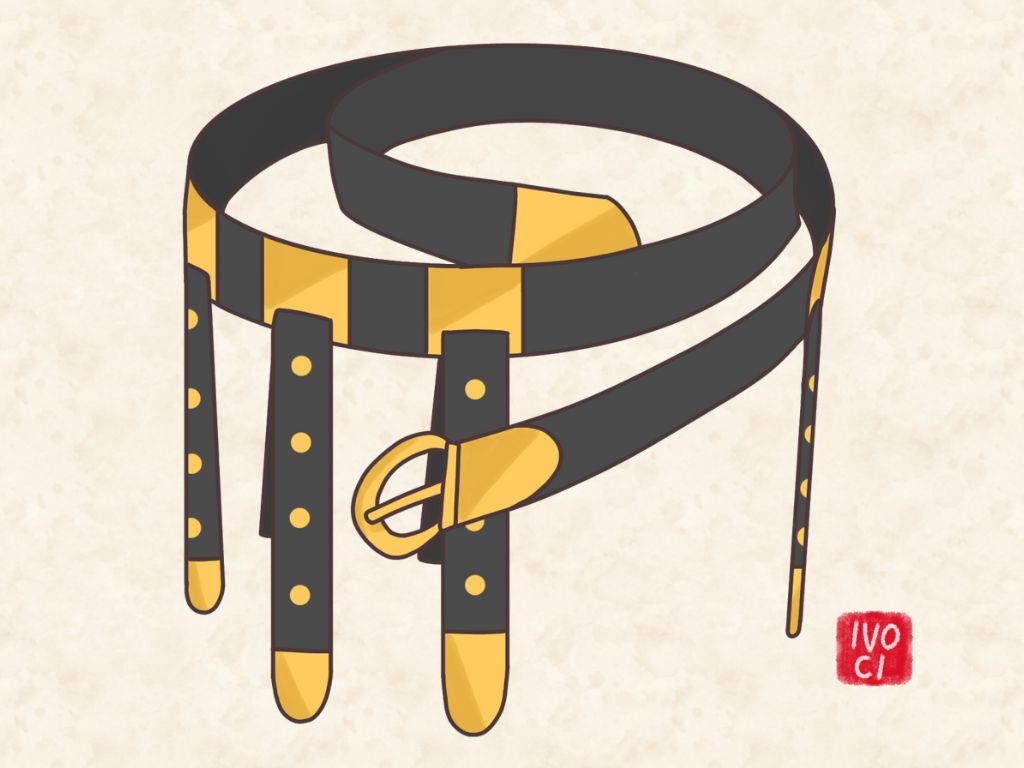
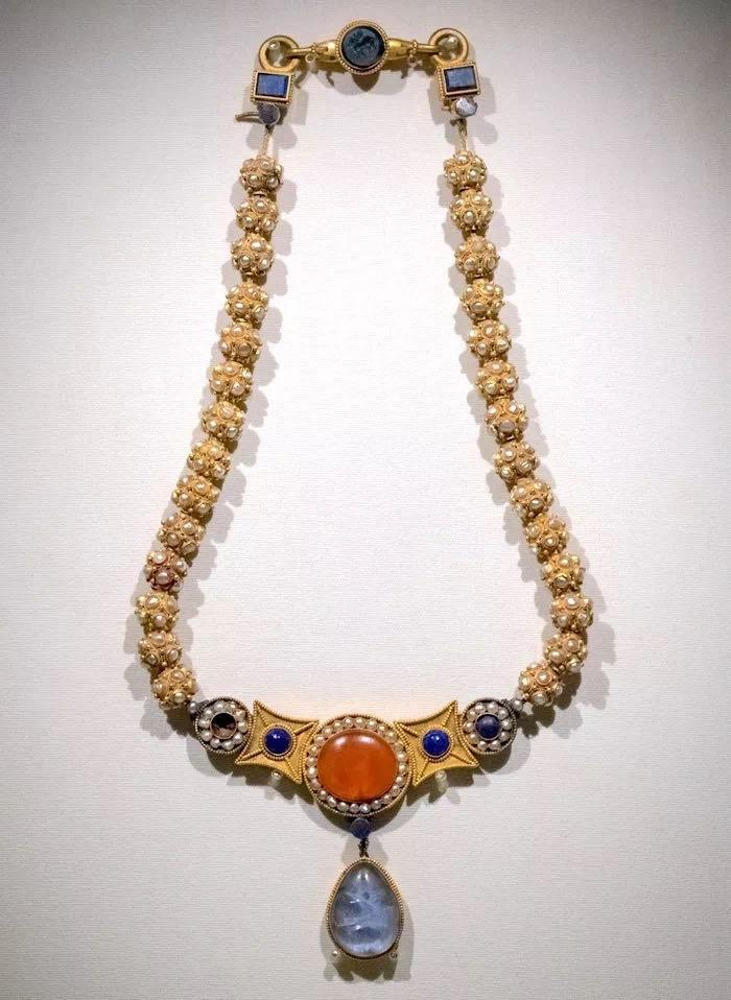
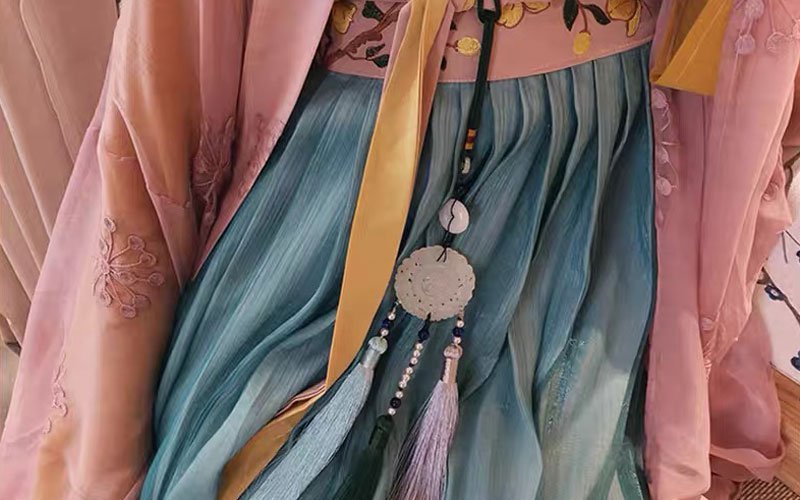
Leave a Reply